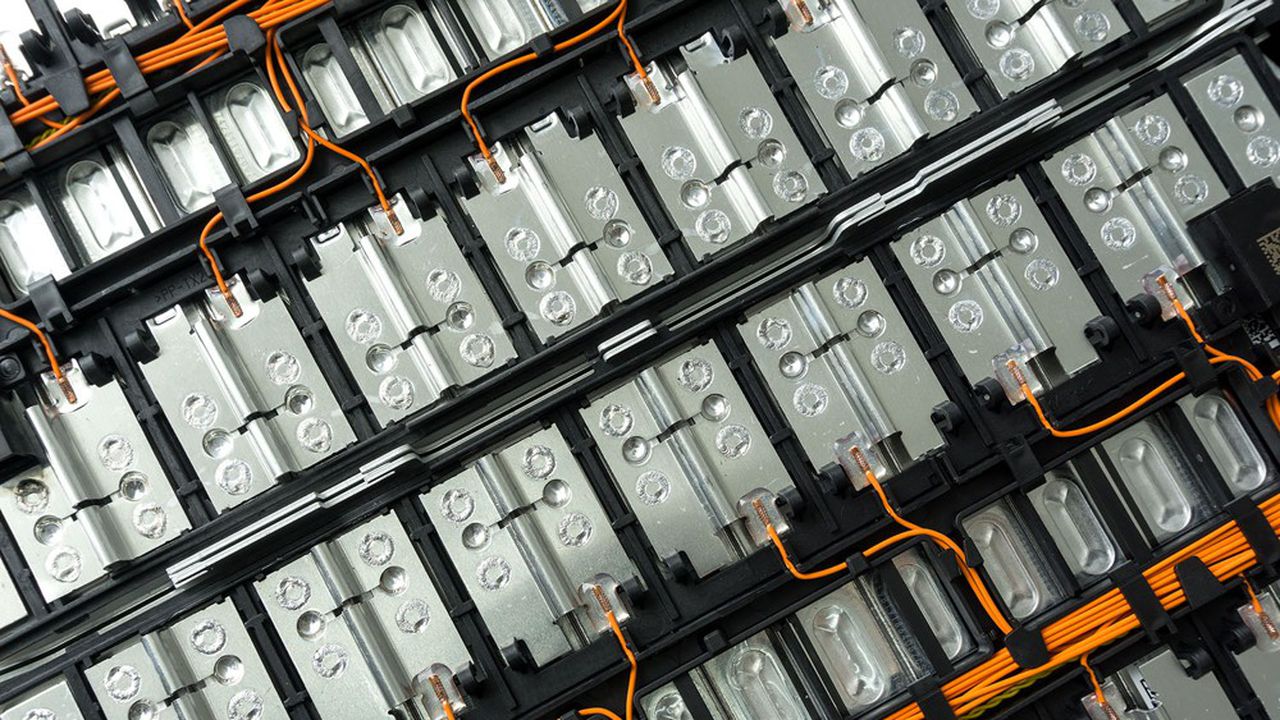The Role of Energy Storage in Balancing the Grid
The demand for electricity has been on a steady rise, with the global population increasing and more industries being established. The challenge of balancing the grid to ensure that there is a reliable and uninterrupted supply of electricity has become a priority for power companies. Energy storage has emerged as a revolutionary solution to the problem, making it possible to store excess energy and release it when demand is high. This article explains the role of energy storage in balancing the grid and why it is essential for powering the future.
Energy Storage: Revolutionizing Grid Balancing
Energy storage systems are designed to store excess energy generated during off-peak periods and release it when demand is high. This means that energy stored in batteries, pumped hydro, or thermal energy storage can be used to balance the grid, ensuring that there is a stable and reliable supply of electricity. The use of energy storage systems has revolutionized the way we balance the grid, reducing the risk of blackouts and the need for expensive peak power plants.
Energy storage has also made it possible to integrate more renewable energy sources into the grid. Renewable energy sources like solar and wind are intermittent, meaning that they are not always available. However, when combined with energy storage systems, the energy generated during peak periods can be stored and used when needed. This makes it possible to increase the share of renewable energy sources in the grid, reduce carbon emissions, and promote sustainable development.
Powering the Future: The Importance of Energy Storage
Energy storage is essential for powering the future. With the increasing demand for electricity, the need for reliable and uninterrupted power supply is more critical than ever. Energy storage systems make it possible to balance the grid, ensuring that there is always enough energy to meet the demand. They also make it possible to integrate more renewable energy sources into the grid, reducing carbon emissions and promoting sustainable development.
Moreover, energy storage systems can help in reducing the cost of electricity. By storing excess energy generated during off-peak periods, it is possible to avoid the need for expensive peak power plants. This means that there will be less reliance on fossil fuels, reducing the cost of electricity and promoting sustainable development. Energy storage systems are a crucial component of the future of energy, making it possible to meet the growing demand for electricity in a reliable, sustainable, and cost-effective manner.
In conclusion, energy storage is an essential tool for balancing the grid and powering the future. It makes it possible to store excess energy generated during off-peak periods and release it when demand is high. Energy storage systems have revolutionized the way we balance the grid, reducing the risk of blackouts and the need for expensive peak power plants. They have also made it possible to integrate more renewable energy sources into the grid, reducing carbon emissions and promoting sustainable development.

